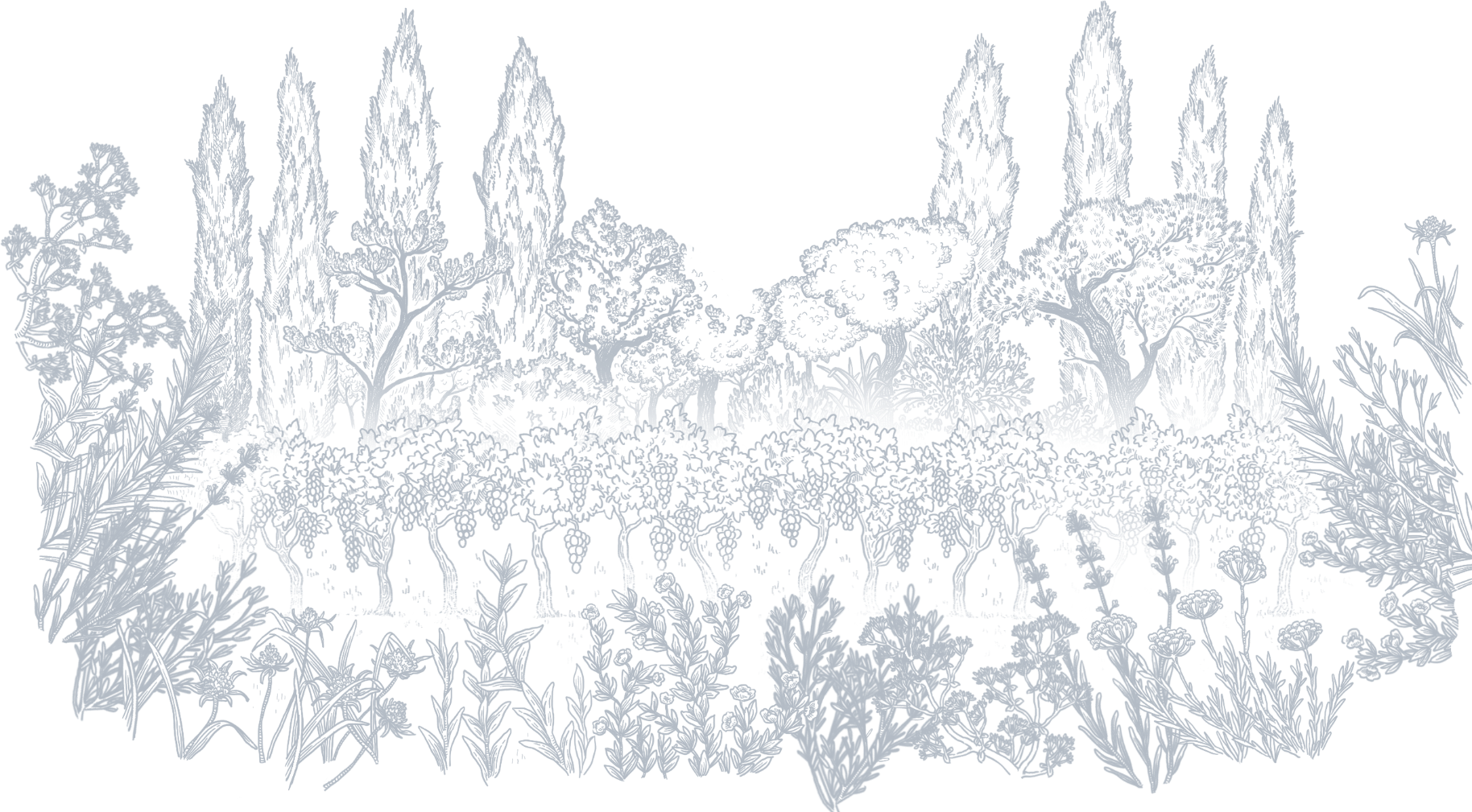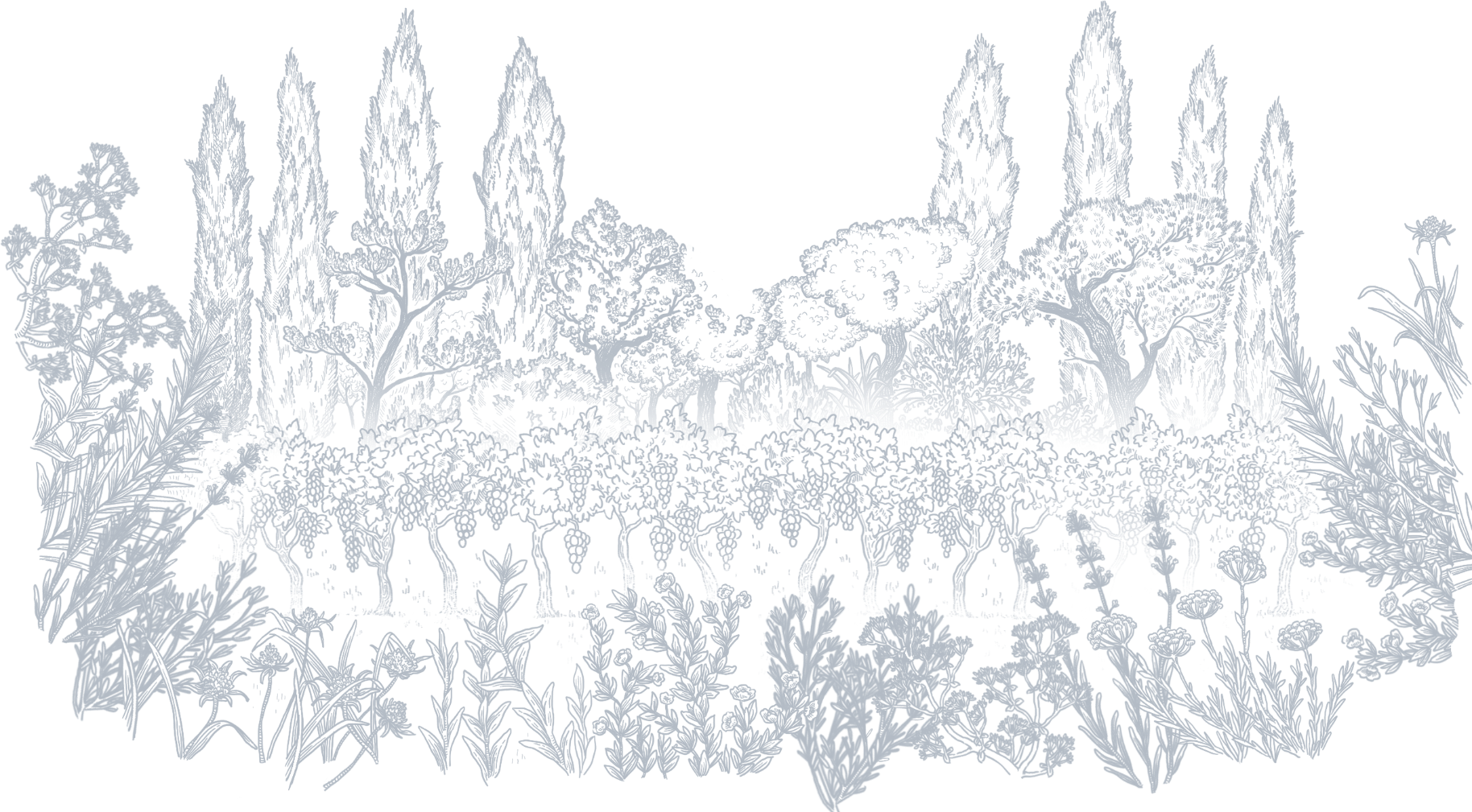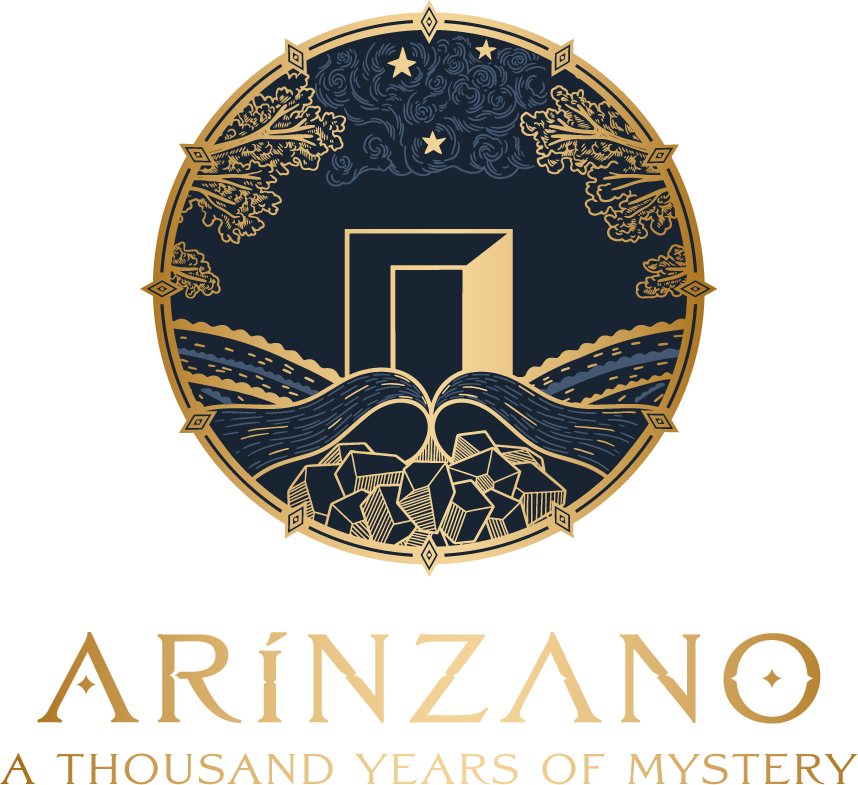ARÍNZANO,
A THOUSAND YEARS OF MYSTERY
For almost 1000 years, Arínzano has cultivated the mystery of Time and Nature. Located in an incomparable valley, magnified by its microclimates, stone, earth and water give rise to an exceptional terroir favourable to the singular expression of three very special varieties of wine. The estate has been successively owned by monks, lords and wine-producing families, with a constant link to wine. Today, in the center of this magnificent valley crossed by the Ega River and the Cierzo wind, Arínzano reveals wines that preserve the strength and grace of Time and Earth.
HISTORY
The road that leads to Arínzano is like the first page of an ancient story that still preserves all its mystery.
Two stone markers weathered by the centuries still bear the original inscription: Señorío de Arínzano Here begins the estate that Sancho Fortuñones received in 1055 from King García Sánchez VI for having saved his life and restored him to the throne of Navarre.
Arínzano tells in his story, the history of Spain. After the era of monks, comes the era of great noble families, and finally the era of great land owners.

1055
1520
THE AGE OF MONKS
The road that leads to Arínzano is like the first page of an ancient story that still preserves all its mystery.
Two stone markers weathered by the centuries still bear the original inscription: Señorío de Arínzano Here begins the estate that Sancho Fortuñones received in 1055 from King García Sánchez VI for having saved his life and restored him to the throne of Navarre.
Arínzano tells in his story, the history of Spain. After the era of monks, comes the era of great noble families, and finally the era of great land owners.

1520
1990
THE ERA OF NOBLE FAMILIES
After the time of the monks, came the time of the great noble families with Lope de Eulate, first adviser to the last King of Navarre who ceded the estate to him in 1520.
Lope de Eulate, then Lord of Arínzano, decided to build a fortification to protect the property, known as Torre de Cabo de Armerías. This giant stone construction, built in 1532 still guards the estate today.
From 1715, the Marqués Zabalegui and his successors dedicated the property exclusively to the cultivation of vines and the revelation of its terroir. It was the Marqués de Zabalegui, who ordered the construction of La Casona, a family resting place where you can appreciate the peace of the surroundings and take shelter after long days of hunting. La Casona is still today the home and charm of certain lucky guests.
In the 19th century, his descendants erected the church of San Martín de Tours, Patron Saint of Viñateros.

1990
PRESENT
THE ERA OF LANDOWNERS

HISTORY
The road that leads to Arínzano is like the first page of an ancient story that still preserves all its mystery.
Two stone markers weathered by the centuries still bear the original inscription: Señorío de Arínzano Here begins the estate that Sancho Fortuñones received in 1055 from King García Sánchez VI for having saved his life and restored him to the throne of Navarre.
Arínzano tells in his story, the history of Spain. After the era of monks, comes the era of great noble families, and finally the era of great land owners.
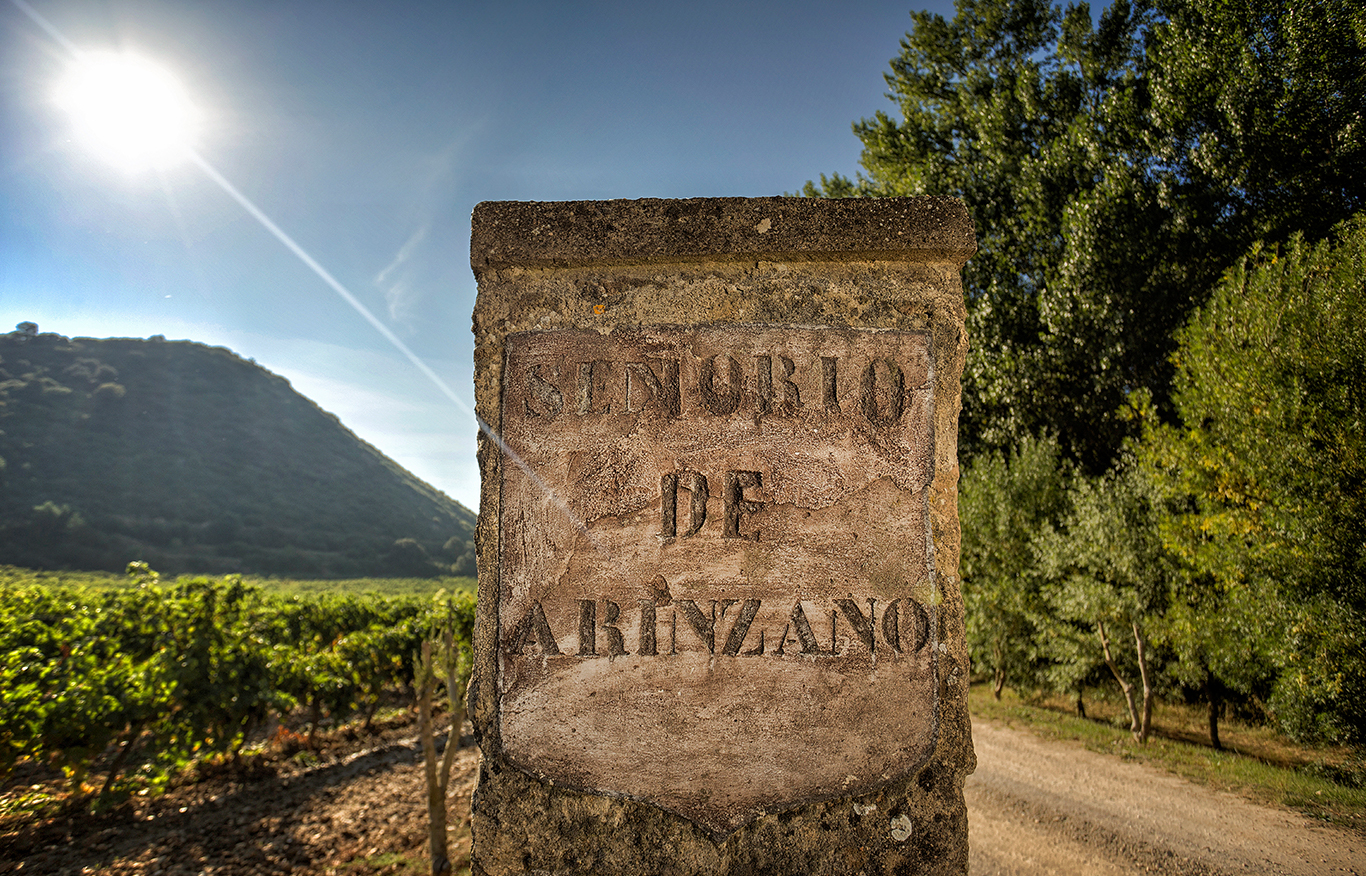
1055
THE AGE OF MONKS
Then begins the tireless task of winemaking, carried out with absolute dedication and devotion by the monks who worked the vines back in 1055.
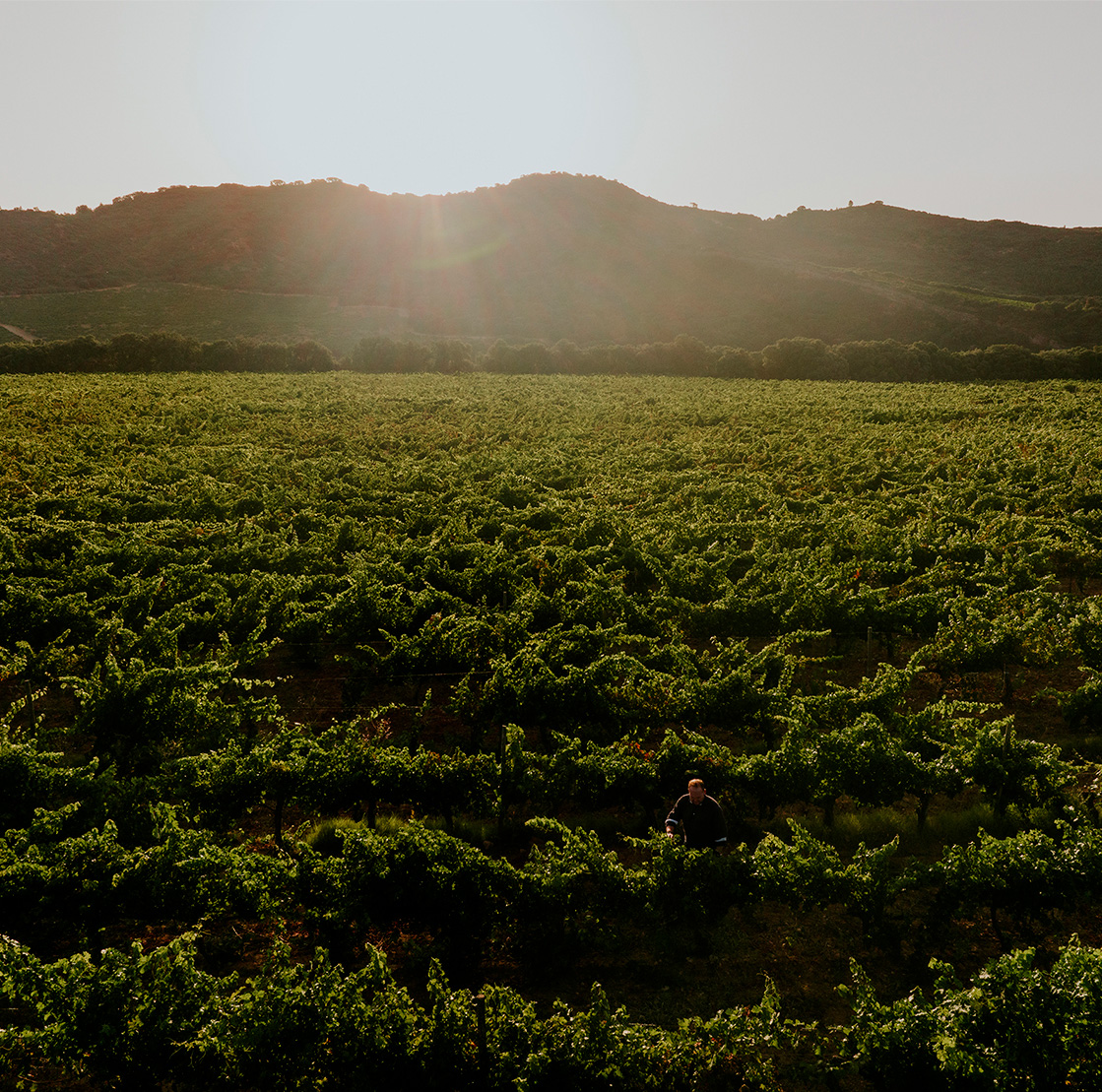
1520
THE ERA OF NOBLE FAMILIES
After the time of the monks, came the time of the great noble families with Lope de Eulate, first adviser to the last King of Navarre who ceded the estate to him in 1520.
Lope de Eulate, then Lord of Arínzano, decided to build a fortification to protect the property, known as Torre de Cabo de Armerías. This giant stone construction, built in 1532 still guards the estate today.
From 1715, the Marqués Zabalegui and his successors dedicated the property exclusively to the cultivation of vines and the revelation of its terroir. It was the Marqués de Zabalegui, who ordered the construction of La Casona, a family resting place where you can appreciate the peace of the surroundings and take shelter after long days of hunting. La Casona is still today the home and charm of certain lucky guests.
In the 19th century, his descendants erected the church of San Martín de Tours, Patron Saint of Viñateros.
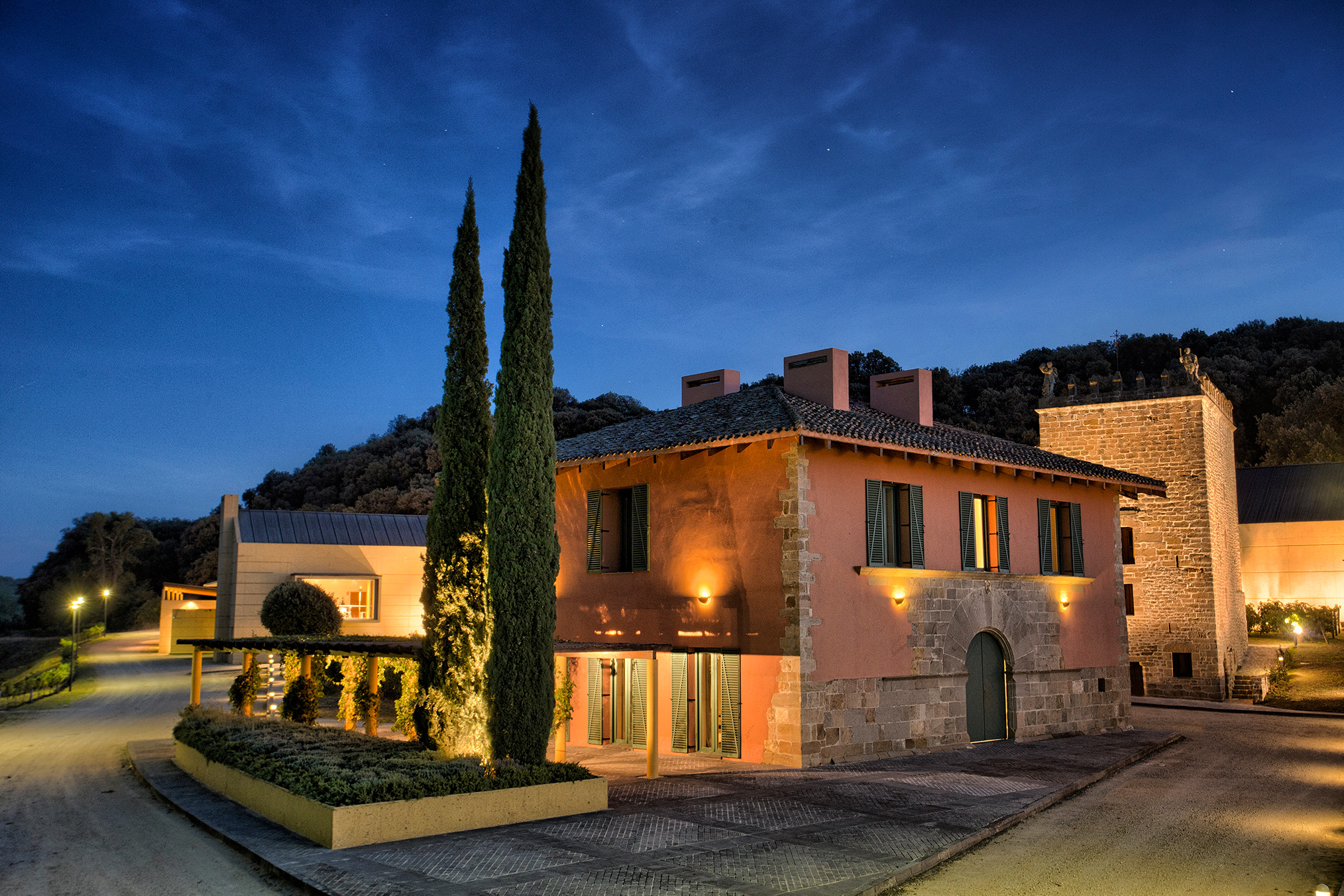
1990
THE ERA OF LANDOWNERS
Also, in 1997, the renowned Spanish architect Rafael Moneo designed and built the winery that embraces the three existing historic buildings.
In 2007, Arínzano was awarded the prestigious Vino de Pago denomination, the highest wine category in Spain, which recognises the unique qualities of its terroir and winemaking philosophy. Arínzano is the first winery in northern Spain to obtain this distinction, which, to date, is held by only 24 Spanish wineries.
In 2015, Tenute del Mondo acquired the property as part of its collection of boutique wineries in the best terroirs in the world, including prestigious bodegas such as Masseto, Ornellaia and Achaval Ferrer.
PRESENT


